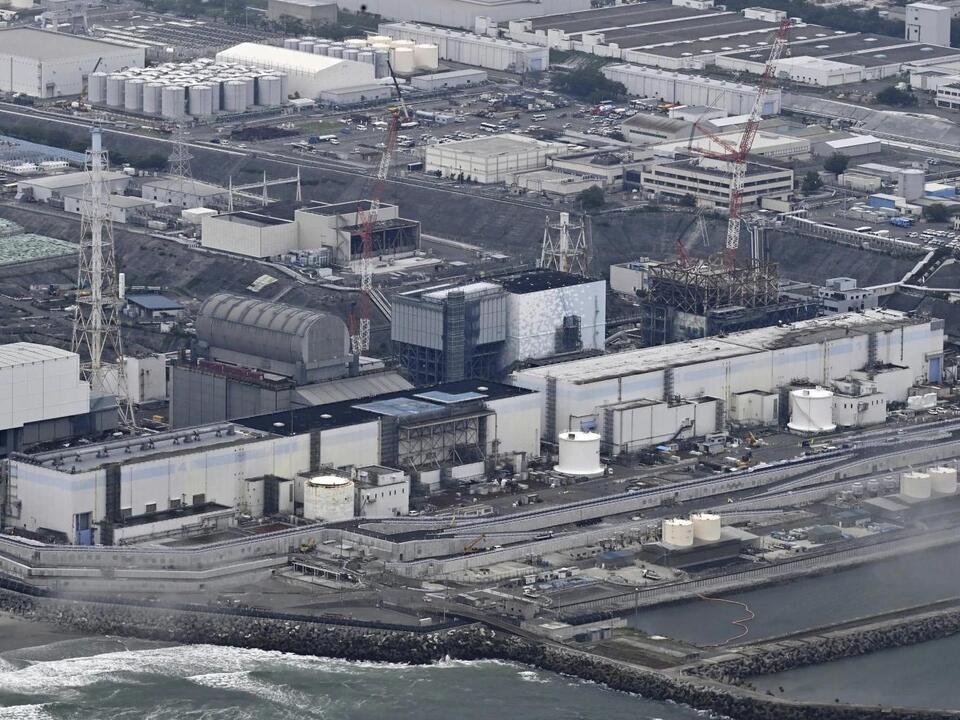Physical Address
304 North Cardinal St.
Dorchester Center, MA 02124
Physical Address
304 North Cardinal St.
Dorchester Center, MA 02124

On Tuesday, a specialized robot made its way into the damaged Unit 2 reactor at Japan’s Fukushima nuclear power plant. This marks the beginning of a crucial two-week mission aimed at retrieving a small sample of melted fuel debris for the first time since the catastrophic events of 2011.
The robot’s deployment is an essential first step in a long-term effort to decommission the power plant and manage the significant quantities of highly radioactive melted fuel left within three of its reactors. These reactors were severely impacted by a powerful earthquake and tsunami more than a decade ago. Experts are hopeful that the robot will provide valuable insights into the condition of the nuclear cores and the status of the debris.
The melted fuel debris originated from the reactor cores that lost cooling due to the 9.0 magnitude earthquake and ensuing tsunami in March 2011, leading to severe meltdowns. The molten material flowed down and mixed with various internal reactor components such as zirconium, stainless steel, and concrete. The resulting lava-like substance spread in all directions, complicating cleanup efforts extensively. Currently, Tokyo Electric Power Company Holdings (TEPCO), the entity responsible for the plant, estimates around 880 tons of this hazardous material remain in the reactors, although some experts believe the actual amount could be even higher.
To guide the robot into the reactor, operators will use five connected pipes, each measuring 1.5 meters (about 5 feet) long, which will serve as a conduit through a designated entry point in the primary containment vessel. The robot itself can extend about 6 meters (20 feet) once inside. Due to the extremely high radiation levels, operators will control the robot from a distance, ensuring safety throughout the operation.
The front of the robot is equipped with tongs, a light source, and a camera designed to lower down towards a mound of melted fuel debris. It is tasked with collecting a minimal sample—less than 3 grams (0.1 ounce)—to mitigate radiation exposure risks. The robot will then return to its entry point, making a roundtrip journey that is expected to take approximately two weeks, due to the need for precise maneuvers to navigate potential obstacles in the reactor.
TEPCO has devised a protocol to limit operations to just two hours a day in the reactor area, further minimizing radiation exposure for workers. Eight teams of six members will take shifts, with each team allowed a maximum of 15 minutes within the reactor building at a time.
This sampling mission is considered an important first step toward better understanding the situation within the reactors. Lake Barrett, an advisor to TEPCO and a former leader of the Three Mile Island cleanup, asserts that while the melted fuel has been stabilized and kept cool, the aging nature of the reactors poses safety concerns that necessitate the removal of this highly radioactive material to a safer long-term storage facility.
Experts anticipate that the sample collected by the robot will provide critical information regarding the sequence of events during the meltdown, which remains partially unclear. The tiny sample will be stored securely in canisters and transported to several laboratories for thorough analysis. Should radiation levels be deemed excessive, the robot is programmed to return the sample to the reactor.
Barrett emphasizes that this mission marks just the beginning of an extensive and challenging process. The ultimate goal is to safely extract the highly radioactive materials and transfer them into engineered canisters for proper storage.
In the future, TEPCO will need to probe deeper into the debris, which is over one meter (3.3 feet) thick, to gain insight on the materials inside. Barrett mentioned that the debris found at the surface can differ significantly from that lying beneath, stating that multiple samples will need to be collected from various depths to develop the appropriate equipment for future removal efforts.
Developing technology capable of cutting larger pieces of the melted debris into manageable portions for safe storage will prove even more challenging than the current sampling operation.
In addition to Unit 2, the other damaged reactors, Units 1 and 3, require attention as well. Both are in even worse condition and will require significantly longer timelines to address. TEPCO intends to utilize small drones in Unit 1 for probing later this year, along with plans for developing smaller “micro” drones for Unit 3, which has a greater volume of water present.
Additionally, there are hundreds of spent fuel rods still situated in open cooling pools atop Units 1 and 2, which pose significant risks, particularly in the event of another major earthquake. The removal process for spent fuel rods has already been completed successfully in Unit 3.
Originally, the removal of the melted fuel was scheduled to commence in late 2021; however, this has faced delays due to various technical challenges reflecting the inherent difficulties of the process. Japanese government estimates suggest that decommissioning the plant will require 30 to 40 years, while some experts caution that it could take as long as 100 years to see completion. There have been discussions on the possibility of entombing the site, a similar approach to the one taken at Chernobyl after its 1986 disaster; however, Barrett argues that this approach cannot be applied effectively at Fukushima due to the region’s seismic activity and water-related risks.
Source: AP News



